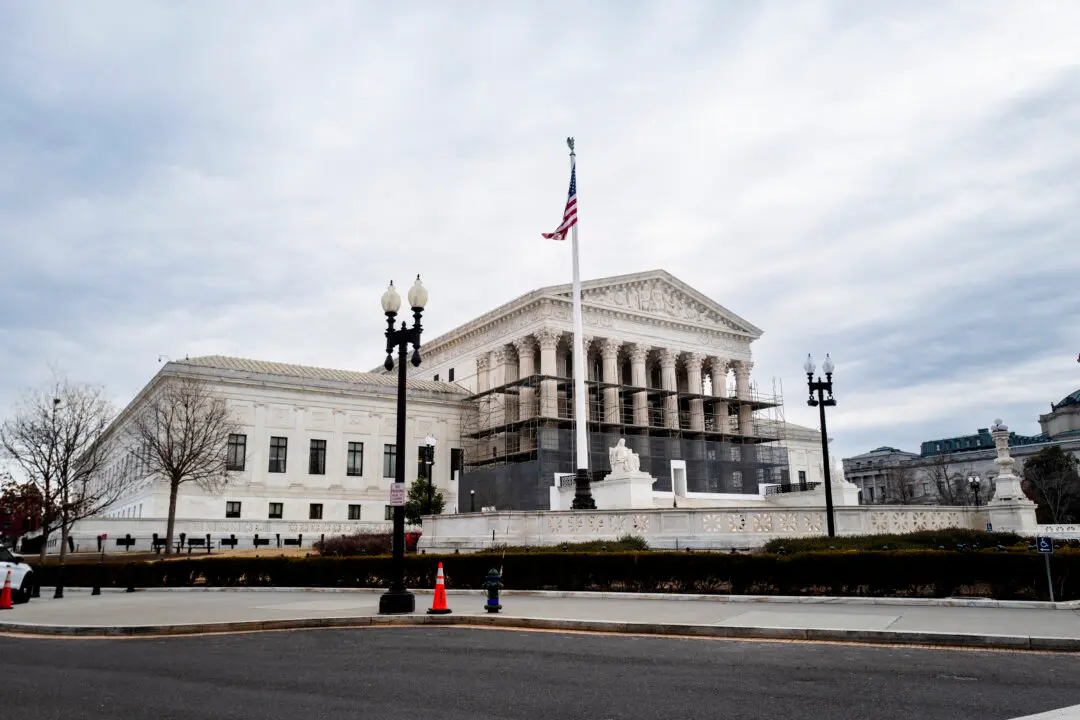Illegal aliens are gravitating to so-called sanctuary cities in states with small immigrant populations where they strain local finances because they consume as much as $6,000 in taxpayer-funded services annually over and above any fiscal benefit they generate, according to a new study.
The report by the Federation for American Immigration Reform (FAIR), a group that favors reducing overall immigration levels, comes in the wake of a Jan. 27 Supreme Court decision in Department of Homeland Security (DHS) v. New York upholding the authority of the Trump administration to keep out would-be immigrants deemed likely to become reliant on publicly-funded welfare programs.




